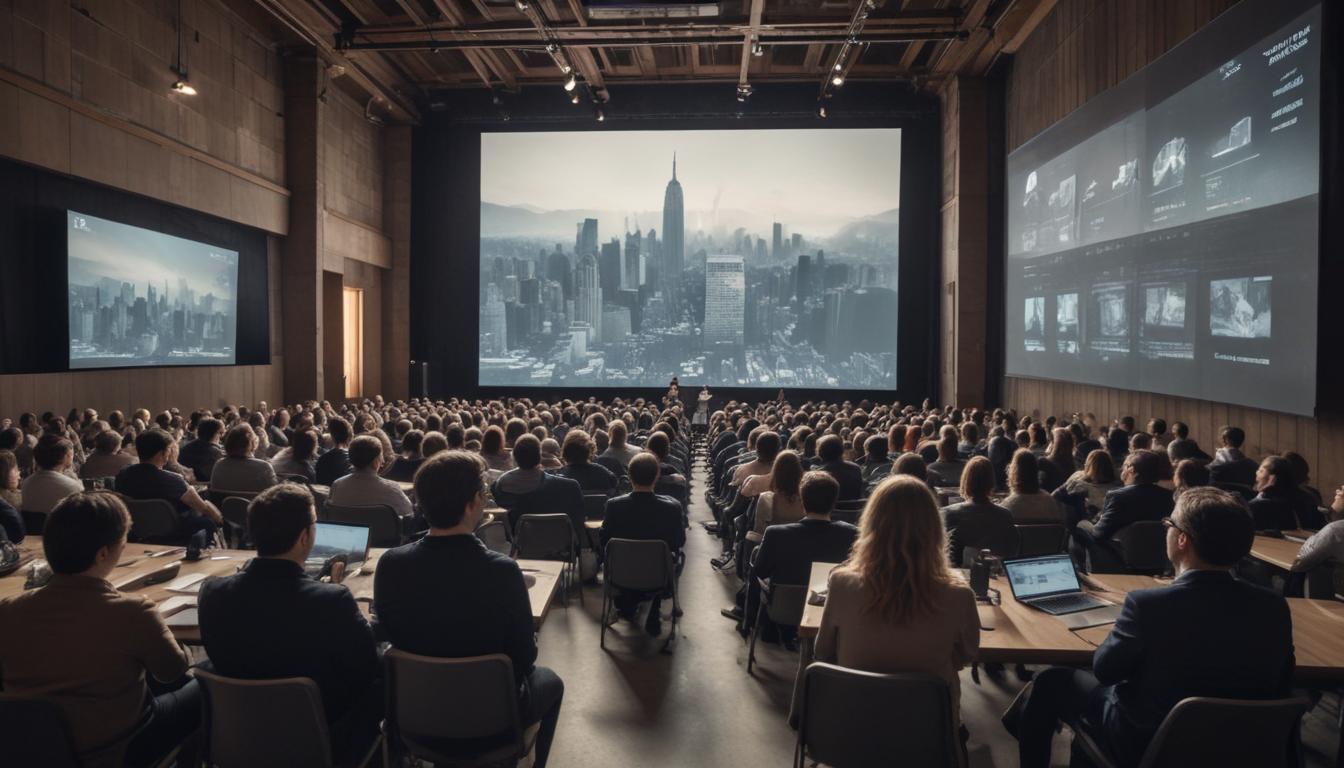Now Reading: Responsive Software with Event-Driven Architecture
- 01
Responsive Software with Event-Driven Architecture
Responsive Software with Event-Driven Architecture

Event-Driven Architecture Building Responsive and Resilient Software Systems
Is your application struggling to keep up? Do your users complain about slow loading times, spinning wheels, and processes that seem to take forever? In today’s fast-paced digital world, a sluggish system is more than just an annoyance; it’s a liability. Traditional software design, where one service directly calls another and waits for a response, often creates bottlenecks. A single slow component can bring the entire user experience to a grinding halt, and a single failure can cause a cascade of errors across your entire platform. This tight coupling makes scaling difficult, updates risky, and true responsiveness feel like an impossible goal.
What if there was a better way? Imagine a system where components don’t wait on each other, but instead react to things that happen. This is the core principle behind Event-Driven Architecture (EDA). Instead of building a rigid chain of commands, you create a dynamic, flexible ecosystem where services communicate asynchronously. EDA is a paradigm shift that decouples your services, allowing them to scale independently, operate resiliently, and deliver the lightning-fast responsiveness your users demand. It’s the architectural choice powering many of the world’s most successful and scalable real-time applications.
What Exactly Is Event-Driven Architecture
At its heart, Event-Driven Architecture is a model where software components communicate by producing and consuming events. An “event” is simply a record of something significant that has happened, like a user clicking a “purchase” button, a new item being added to inventory, or a sensor reporting a new temperature reading. The system is built around three core components: event producers, event consumers, and an event broker. The event producer is the component that detects the event and publishes it. It doesn’t know or care who will use this information; its only job is to announce that something occurred.
This announcement is sent to an event broker (also called an event channel or router), which acts as a central intermediary. The broker’s job is to receive all events from producers and filter and deliver them to the appropriate consumers. Finally, the event consumer is a service that subscribes to specific types of events. When the broker delivers an event it’s interested in, the consumer wakes up and performs its designated task. For example, when a “Purchase Made” event is produced, a shipping service might consume it to begin the fulfillment process, while a notifications service consumes it to send a confirmation email. The key is that these consumers operate independently and in parallel, without the producer having to wait for them to finish.
The Core Benefits of Adopting an Event-Driven Model
Moving to an event-driven model is more than just a technical change; it fundamentally improves the quality and capability of your software. The decoupling of services provides powerful advantages that address the most common pain points found in monolithic or tightly coupled request-response systems. From performance to fault tolerance, the benefits are tangible and transformative.

Achieve Unmatched Scalability and Performance
In a traditional architecture, if your order processing service is slow, the entire checkout process slows down. To fix it, you often have to scale the entire application, which is inefficient and costly. With EDA, services are independent. If you get a sudden surge in orders and your shipping service is falling behind, you can scale only the shipping service by adding more consumer instances. This targeted scalability allows you to allocate resources precisely where they are needed, optimizing both performance and cost.
This decoupling also creates a dramatically better user experience. When a user performs an action, like uploading a photo, the producer can instantly publish a “Photo Uploaded” event and return a success message to the user. The user’s interface is immediately responsive. In the background, multiple consumers can start working on the event asynchronously—one to create thumbnails, another to run it through a content filter, and a third to add it to a user’s gallery. The user isn’t forced to wait for all this background processing to complete, making the application feel incredibly fast and efficient.
Build More Resilient and Fault-Tolerant Systems
The loose coupling inherent in EDA makes your systems far more resilient to failure. Imagine your email notification service goes down. In a tightly coupled system, a new user registration might fail entirely because the system cannot send a welcome email. The user gets an error message and might give up. In an event-driven system, the “User Created” event is still successfully published to the event broker. The registration service’s job is done. When the email service eventually comes back online, it can simply start consuming the events from the broker that have queued up, and the welcome email is sent. No data is lost, and the core functionality was never interrupted.
This resilience is further enhanced by the capabilities of modern event brokers. They are designed for high availability and persistence. If a consumer service fails while processing an event, the broker can ensure the event isn’t lost. It can be held in the queue and redelivered once the consumer is healthy again. Many brokers also support “dead-letter queues,” which automatically move events that repeatedly fail processing to a separate queue for manual inspection. This prevents a single “poison pill” event from halting an entire workflow and gives developers the tools to diagnose and fix issues without bringing the system down. This built-in robustness makes EDA an ideal choice for mission-critical applications where downtime is not an option.


































